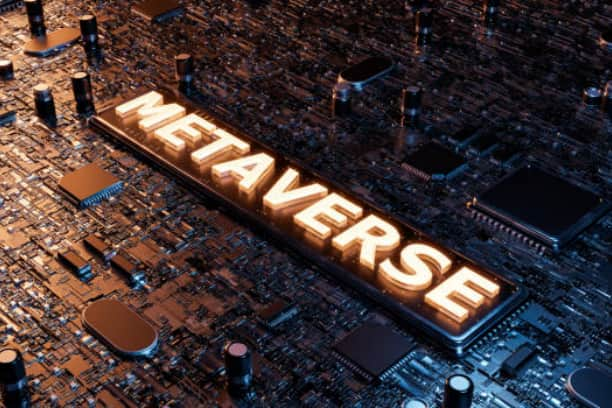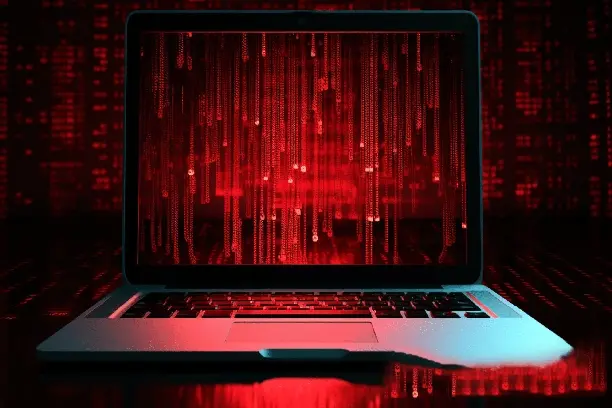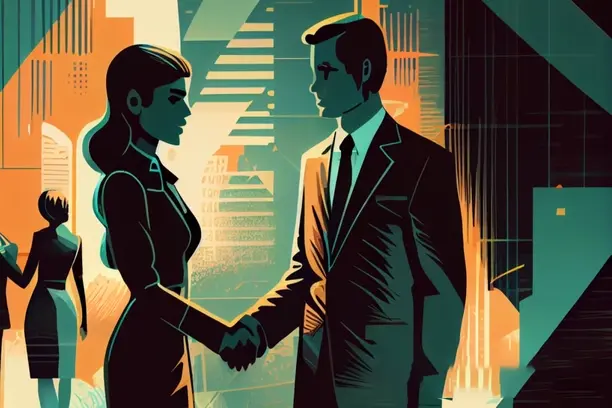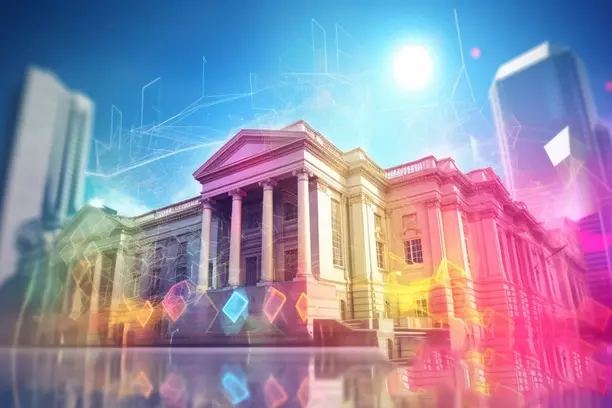What is the nature of blockchain games? The core principle and operation analysis
With the development of cryptocurrencies, blockchain games are becoming an emerging hot topic. These games not only provide entertainment, but also combine blockchain technology to realize the real ownership of player's assets and create a new business opportunity of "in-game earning". The essence of blockchain games lies in their decentralized design. The core principle is to use blockchain to record all transactions in the game, thus ensuring transparency and security. This article will analyze the fundamentals of blockchain gaming, how it works, and the innovative opportunities it brings.

Basic Concepts of Blockchain Games
Blockchain gaming is a brand new form of gaming that combines blockchain technology and traditional gaming. In traditional games, the player's character, items and other assets are completely controlled by the game developer, while in blockchain games, the player can truly own his own game assets, which are guaranteed and managed by blockchain technology. The main difference is that the assets in a blockchain game will not disappear with the end of the game or the termination of the service, and players are free to buy, sell, exchange, or even convert them into real money.
The core value of blockchain gaming is "decentralization", which means that the data and transaction records in the game are no longer centralized on a single server or third-party platform, but are dispersed across multiple nodes around the world. This means that the data and transaction records in the game are no longer centralized on a single server or third-party platform, but are dispersed across multiple nodes around the globe. In this way, the game is not controlled by a single entity, thus reducing the risk of cheating and manipulation.
Core Principle: Decentralization and Digital Assets
One of the core principles of blockchain gaming is decentralization, which is the foundation of blockchain technology. In traditional games, data is usually stored in the game server, and developers can modify and control the data. However, in blockchain games, all the data of the game (such as game items, characters, awards, etc.) are recorded on the blockchain and maintained by multiple nodes around the world. This design not only improves the fairness of the game, but also makes each player's digital assets have real ownership.
The role of digital assets in blockchain games is crucial. Characters, items, currencies, etc. acquired by players in the game can be issued and traded by means of smart contracts. These assets are independent and can be transferred across platforms between different blockchain games, which is called "cross-game asset interoperability". This is completely different from virtual goods in traditional games, where players can only use their virtual goods within the same game and cannot bring them to other games.
The decentralized design of blockchain games not only ensures the safety of players' assets, but also allows them to trade and profit freely, which is one of the reasons why blockchain games attract a large number of players and investors.
How It Works: Smart Contracts and In-Game Economies
The way the blockchain game works would not be possible without the support of smart contracts. Smart contracts are self-executing programs that are able to perform transactions or other operations based on predefined conditions. In a blockchain game, smart contracts are responsible for managing all transactions between players, transferring assets, and enforcing the rules of the game. For example, when a player acquires an item or currency in a game, this information is written to the blockchain and the smart contract automatically records the ownership of the item, ensuring its uniqueness and transparency.

In-game economies are also an important feature of blockchain games. These games usually have their own native tokens, which players can earn by completing in-game missions, participating in competitions, etc., and use to buy in-game props, characters, or other items. These tokens can also be traded on exchanges and converted into real-world currency. This "Play-to-Earn" mechanism of blockchain gaming allows players to earn money while having fun, attracting a large number of players who want to combine gaming with earning money.
NFT Technology in Blockchain Games
NFT (Non-Formalizable Token) is one of the most important technologies in blockchain gaming, which enables in-game items, characters, lands, etc. to have a unique identity. Each NFT represents a unique digital asset, and unlike other tokens, NFTs are not interchangeable, making them uniquely valuable in games.
For example, in a blockchain game, a player may own a special character or a rare item that exists in the form of an NFT. Since NFTs are tamper-proof and transparent, players can be sure that they have absolute ownership of these assets, and that these assets can be traded on the secondary market and even used in other games. This use of NFTs not only enriches the gameplay, but also provides players with more opportunities to make money.
NFT technology has also led to the rise of virtual lands and virtual worlds. In some blockchain games, players can buy, develop, and trade virtual land, the ownership of which is recorded on the blockchain in the form of NFT. In this way, players can convert their virtual assets into real-world value and realize capital appreciation.
Advantages and Challenges of Blockchain Games
Blockchain gaming brings many innovations and opportunities, but also faces many challenges. Its advantages are mainly in the following aspects:
- Asset OwnershipThe player can actually own in-game assets, which can be traded or transferred freely, which greatly enhances the player's enthusiasm for participating in the game.
- Transparency and SecurityThe decentralized nature of blockchain ensures the transparency of the game, and all transactions can be publicly verified, which reduces the risk of cheating and fraud.
- Cross-platform interoperability: Many blockchain games support cross-platform asset transfers, enabling players to transfer assets between games and create more interactions between games.
Blockchain games also face some challenges:
- Technical threshold: For the average player, blockchain games may have higher learning costs, especially regarding technical concepts such as crypto wallets and smart contracts.
- Market Fluctuations: As blockchain games usually involve a token economy, the prices of these tokens are susceptible to market fluctuations that may affect players' returns.
- Regulatory IssuesWith the development of blockchain games, how to operate in different countries and regions is also a problem to be solved.
Future Outlook: Trends in Blockchain Gaming
Blockchain games are in the stage of rapid development, and the future development trend can be predicted from the following aspects:
- Broader user base: As blockchain technology becomes more popular, more and more players will start to access blockchain games, especially in Asia, and the market size of blockchain games may expand further.
- Higher game quality: With the advancement of game development technology, the graphic quality and gameplay of blockchain games will gradually approach that of traditional games, and may even surpass that of existing online games.
- Improvement of regulations and supervision: With the rise of blockchain games, the government and regulators will gradually introduce relevant laws and regulations to standardize the market, which will help the healthy development of the industry.
In conclusion, the essence of blockchain games lies in the use of blockchain technology to realize the real ownership of assets, improve the transparency and fairness of the game, and combine with NFT technology to create tradable digital assets. In the future, with the advancement of technology and the maturity of the market, blockchain games will provide players with more innovative gameplay and richer gaming experience.














